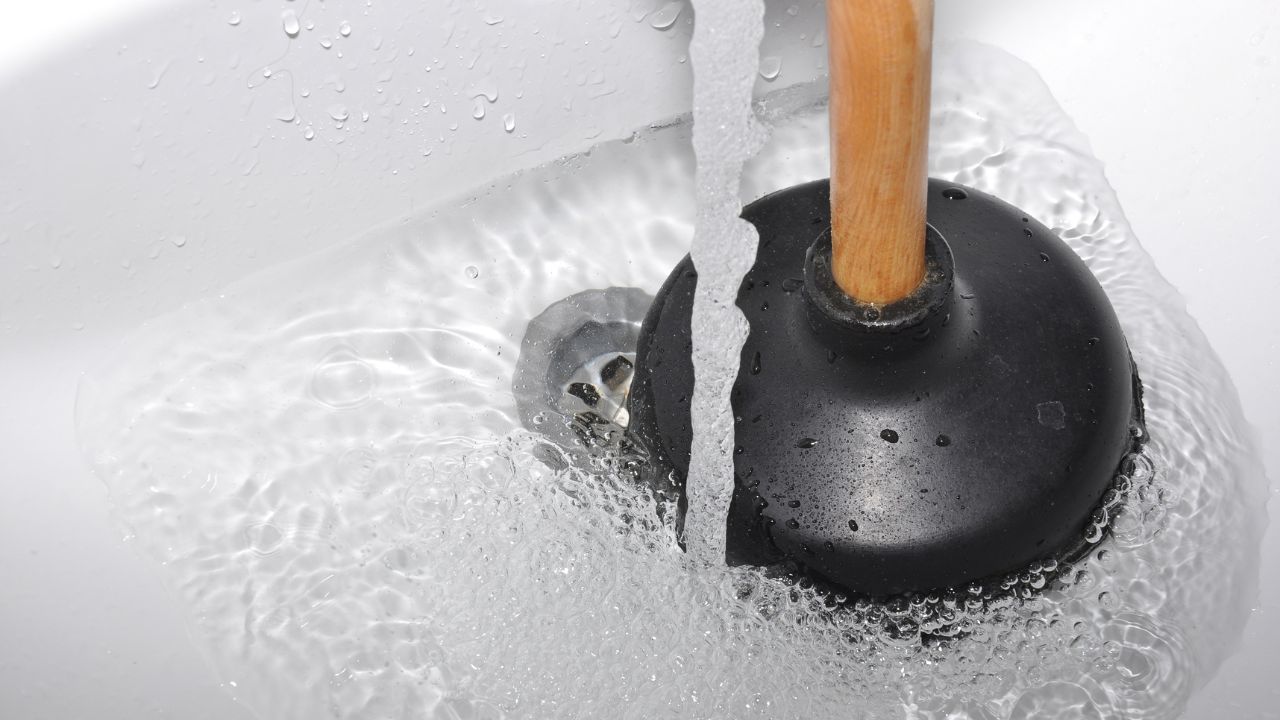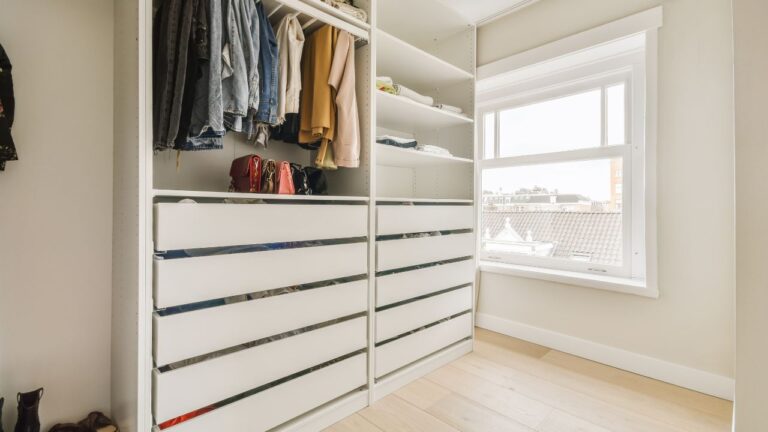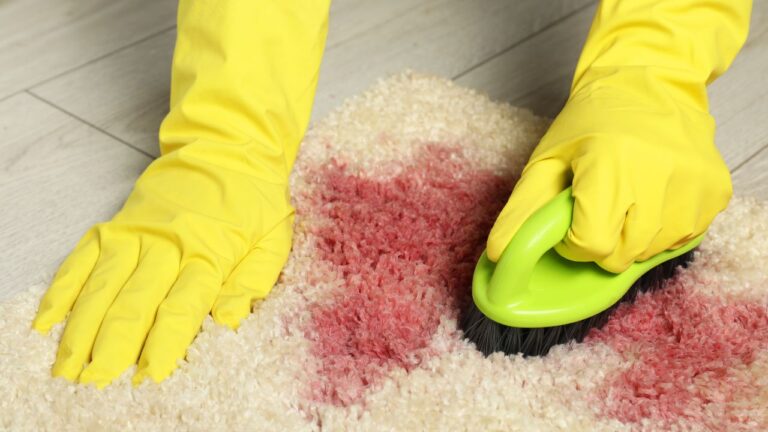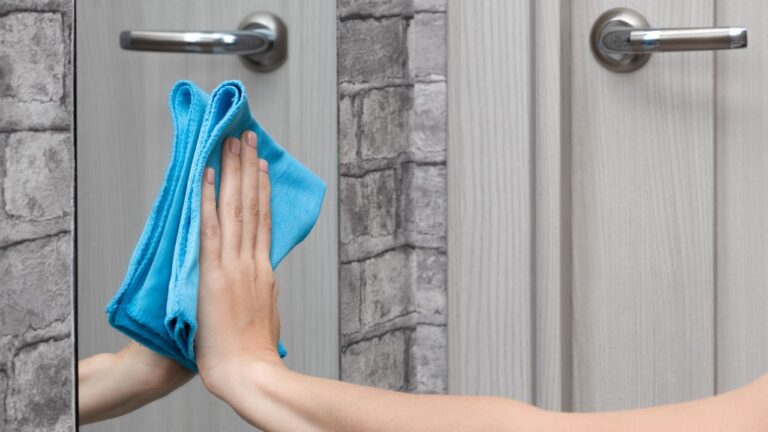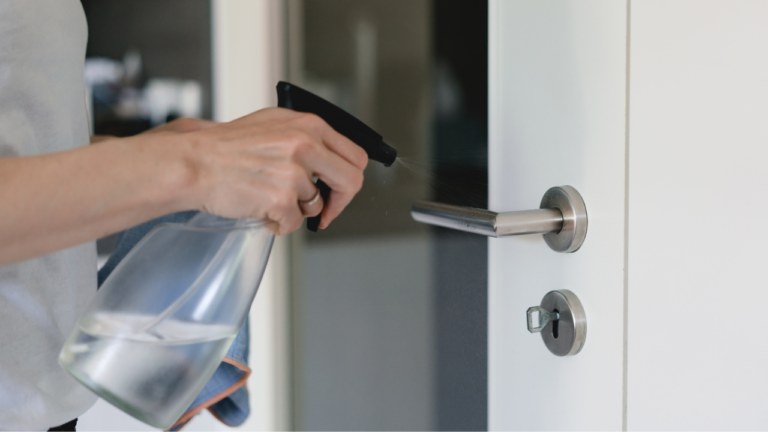Simple Natural Drain Cleaning Methods That Work
Few things throw off our morning routine faster than a clogged drain. One moment we’re brushing our teeth or rinsing off dishes, and the next we’re watching water rise steadily in the sink with nowhere to go. It’s an inconvenience we don’t plan for—but one we all experience at some point, especially in smaller living spaces like apartments, lofts, and student housing. That’s why knowing a few natural drain cleaning methods can make all the difference. These easy, chemical-free solutions not only fix the problem but also help you prevent it from happening again. Let’s look at how to keep your drains running smoothly without calling for help.
First Step: Prevent Drain Clogs Before They Start
Prevention is always easier—and cheaper—than dealing with a full blockage. One of the main culprits in residential drain clogs is hair, especially in the bathroom. Hair tends to cling to itself and to surfaces inside the pipe, eventually forming a stubborn mass that slows or stops water flow. In the kitchen, oil, grease, and food scraps are the biggest offenders.
The first line of defense? Install drain covers. For showers and bathtubs, there are mesh or silicone options that catch hair before it goes down the drain. For kitchen sinks, strainers work just as well for trapping bits of food. Cleaning out these filters takes just seconds but can save hours of frustration later.
Also, get into the habit of checking your sinks after every use. Wipe out leftover food or loose hair before rinsing. Don’t treat the drain like a trash can—what you push down eventually pushes back up. A small investment in awareness can go a long way toward avoiding larger plumbing issues down the road.
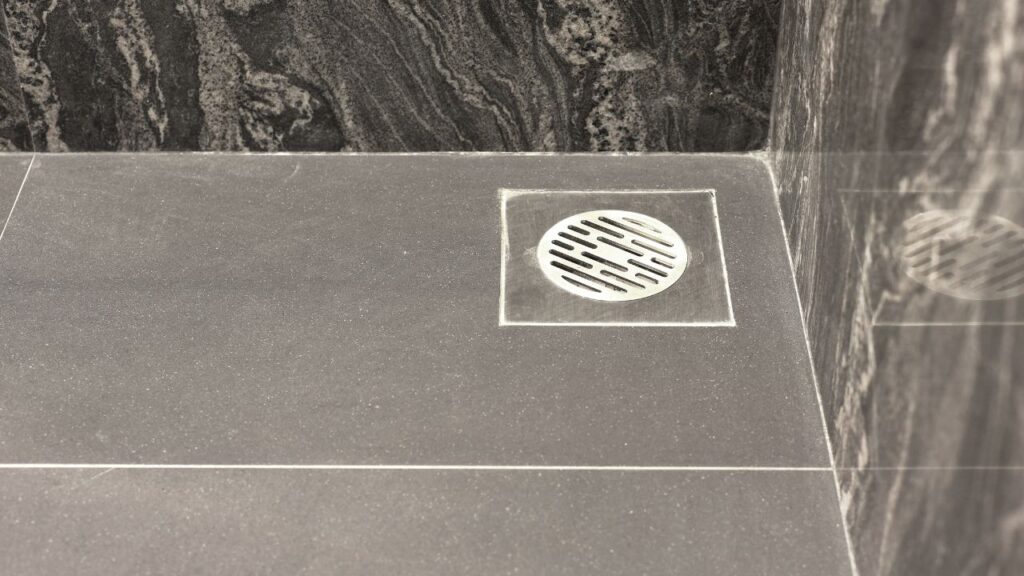
Baking Soda and Vinegar: The Classic Combo
When the drain starts to slow, it’s time to act. One of the most effective and affordable natural drain cleaning methods uses two ingredients you probably already have in your kitchen: baking soda and vinegar.
Start by pouring one cup of baking soda directly into the drain. Follow that with one cup of white vinegar. Immediately, you’ll see a fizzy chemical reaction that helps break down organic matter and dislodge minor clogs. Let the mixture sit for at least 30 minutes—longer if the drain is very slow—before flushing with hot water.
This method works well for sinks, tubs, and even slow-draining showers. And as a bonus, it helps deodorize your pipes, removing any funky smells that might be lingering. If needed, repeat the process once more, especially if the first attempt only slightly improves the water flow. For routine maintenance, consider using this combo once a month to keep buildup at bay.
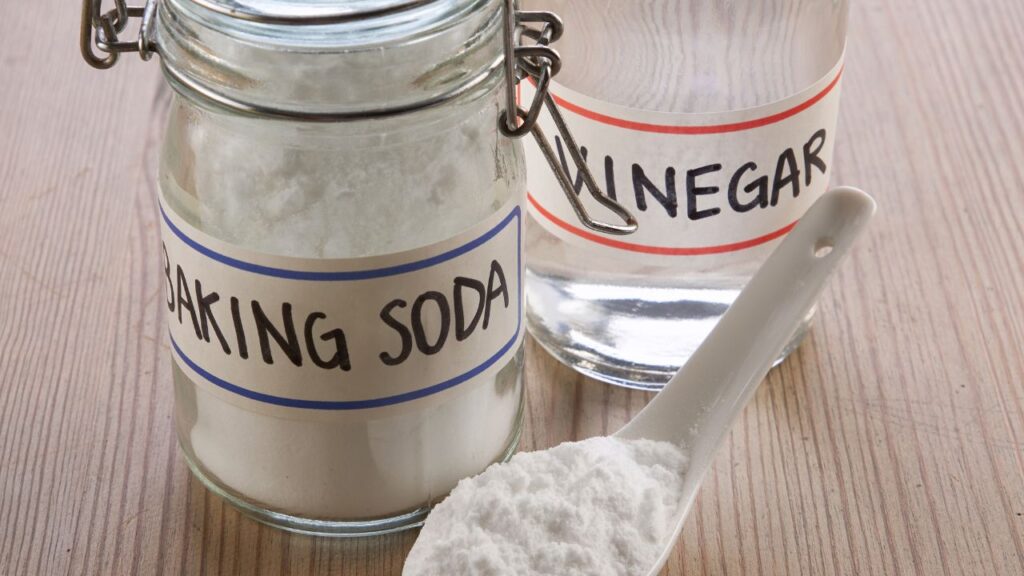
Salt, Borax, and Vinegar: A Deeper Natural Clean
If the baking soda and vinegar combo didn’t do the trick, or if your drain needs something stronger, you can escalate to a slightly more intense method using salt, borax, and vinegar. This trio packs a punch without introducing any harsh chemicals into your home.
Here’s how to do it: Pour ½ cup of salt and ½ cup of borax into the drain. Follow that with 1 full cup of vinegar. Allow the mixture to sit for at least one hour to give the ingredients time to break down the clog. Afterward, pour a pot of boiling water to flush it all through.
Borax, often found in laundry aisles, is an excellent natural cleaning agent and deodorizer. Combined with salt and vinegar, it works well to loosen tougher buildup like soap scum, grease, and gunk that’s been sitting too long.
Use this method occasionally when you notice warning signs—like water draining slower than usual, or unpleasant smells creeping up from the pipes.
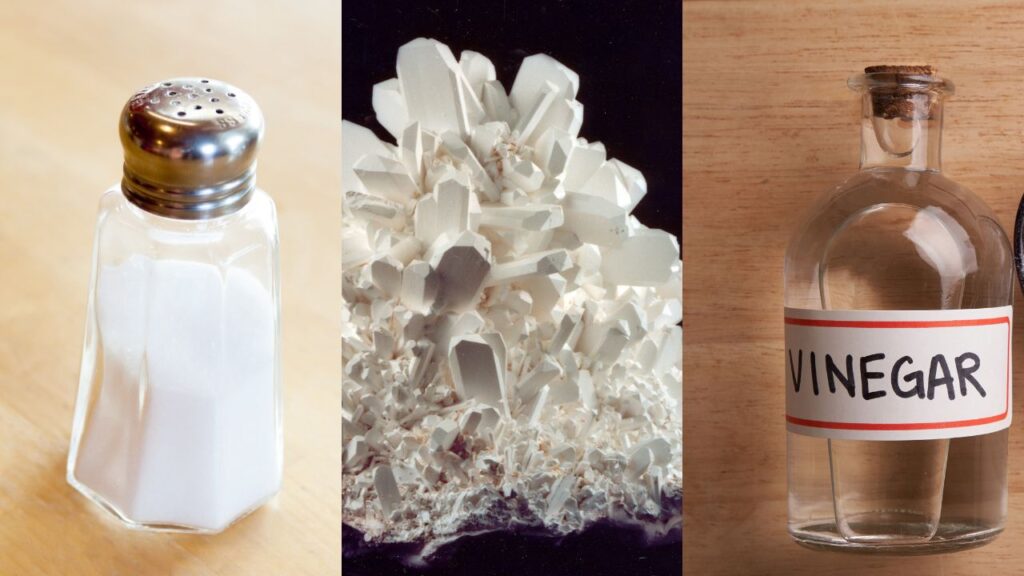
Boiling Water: Fast and Effective for Kitchen Sinks
Sometimes the most effective fix is also the simplest. Boiling water alone can often resolve minor clogs, particularly those caused by grease or oil in the kitchen.
When fats are poured down the drain—even if they’re liquid—they cool and solidify, sticking to the inside of your pipes. Over time, this buildup restricts flow. Pouring a steady stream of boiling water can reheat and melt these blockages, allowing them to flush away.
To use this method correctly, boil at least two full pots of water. Then, pour them down the drain back-to-back, as quickly and carefully as possible. This helps maintain a consistent temperature and increases the chances of clearing the clog. Just be sure to avoid using this method on PVC pipes or older plumbing where extreme heat may cause damage.
Try this weekly in your kitchen to help prevent buildup, especially if you cook often.
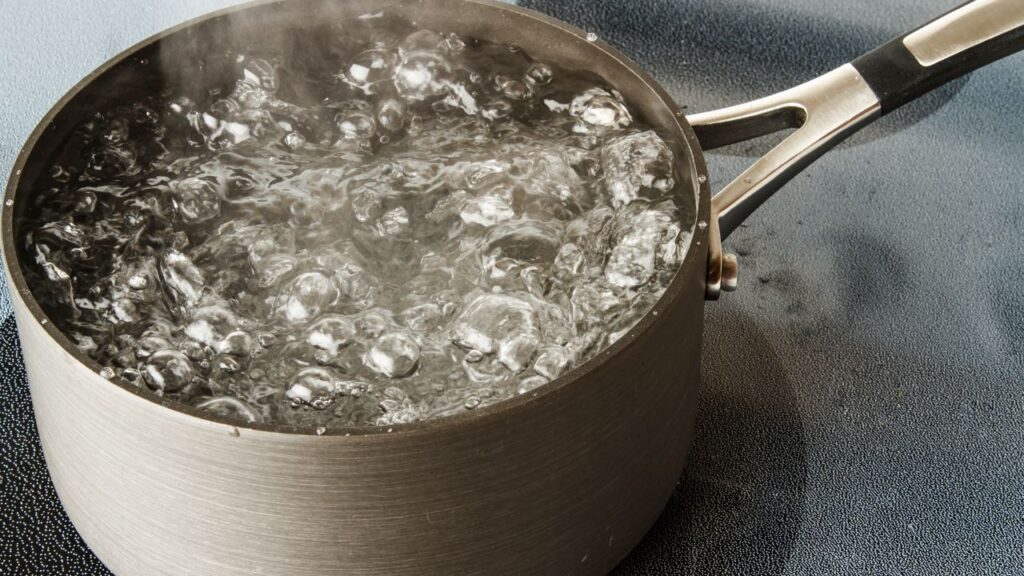
Recognizing the Warning Signs Early
Clogs don’t usually happen all at once—they build up over time. That’s why it’s important to recognize early warning signs. These include:
- Water pooling or draining slowly
- Gurgling noises from the pipes
- Foul odors from the sink or shower
- Needing to turn on the garbage disposal more frequently
- Water backing up in a different fixture when you run one (e.g., water in the tub when the washer drains)
When you notice these signs, it’s time to apply one of the natural drain cleaning methods above. Waiting too long can turn a simple fix into a complex, expensive repair. Make drain care part of your regular cleaning routine so you can catch problems before they escalate.
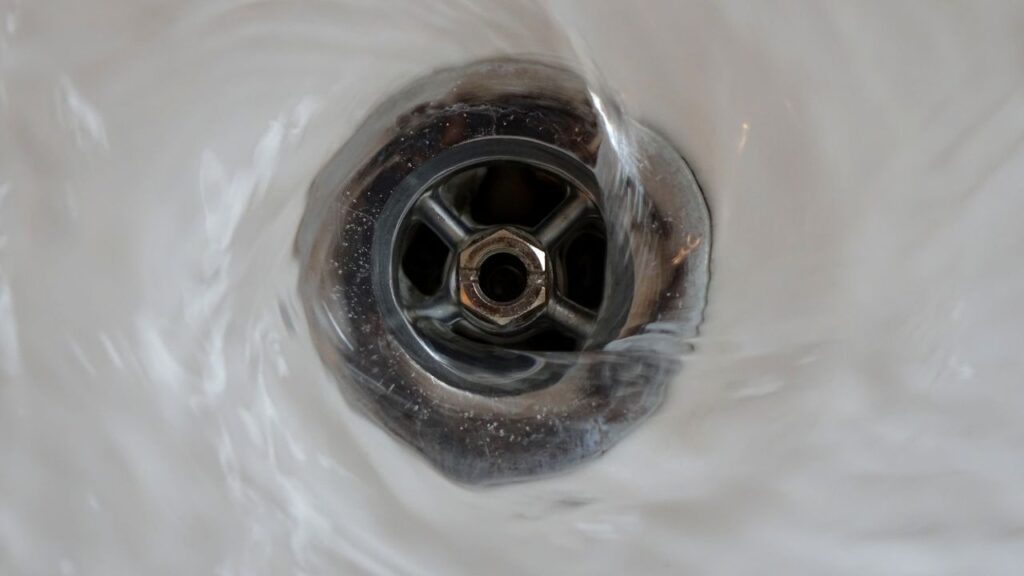
Final Tips: Add Drains to Your Cleaning Routine
Drains are easy to forget, especially when everything seems to be working fine. But just like any part of your home, they need regular attention. Make it a habit to clean your bathroom and kitchen drains weekly. It only takes a few minutes and can help you avoid future clogs, bad smells, and emergency plumber visits.
Here’s a quick checklist to add to your routine:
- Remove hair and debris from covers after every shower
- Wipe down sink areas to prevent residue buildup
- Run boiling water through the kitchen drain weekly
- Use the baking soda + vinegar method monthly for maintenance
- Don’t pour grease or food scraps down the drain
By staying consistent with these habits, you can extend the life of your plumbing and avoid last-minute stress.

Final Thoughts
At MyClean, we understand that your time is valuable—and that includes the time you don’t want to spend dealing with a clogged drain. That’s why we integrate attention to detail in everything we do, from our meticulous cleaning process to the preventative care we provide in every appointment. While these natural drain cleaning methods are great DIY options, our teams are trained to keep every corner of your home in pristine condition—drains included.
Whether you’re in a busy NYC apartment or a compact student dorm in Chicago, convenience is key. With MyClean, you get an easy-to-book system, flexible scheduling, real-time updates, and the reassurance that your space is cleaned thoroughly and professionally every time. No mess left behind. No calls needed. Just clean—done right the first time.
